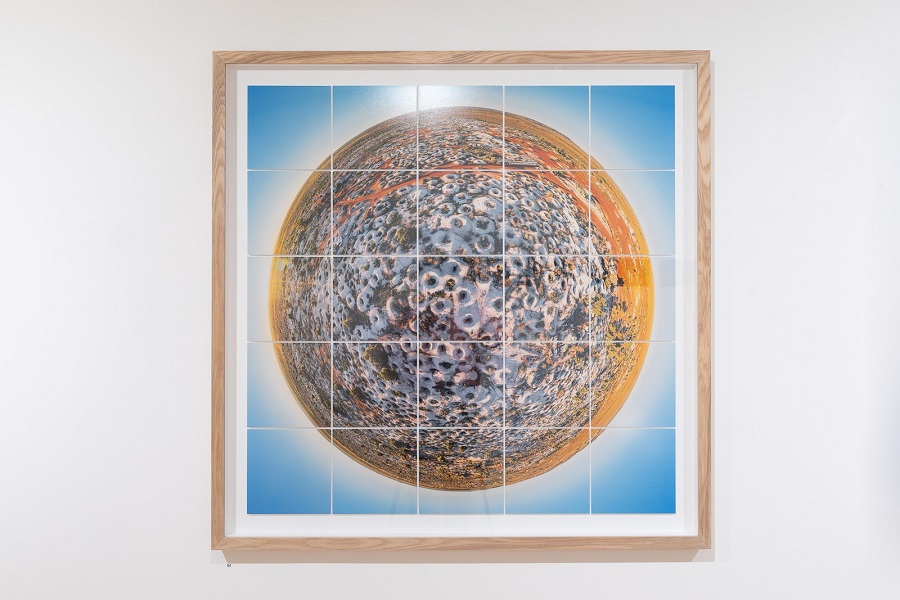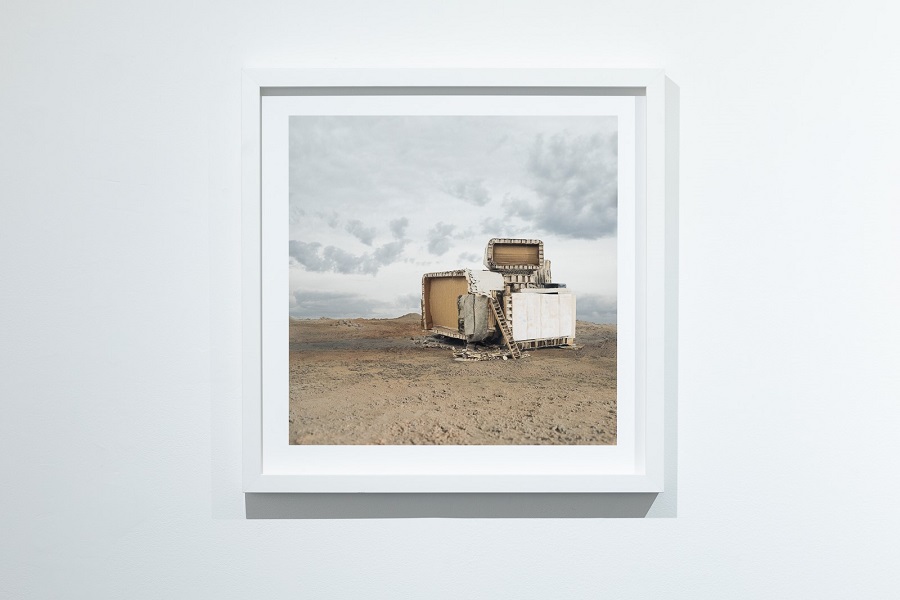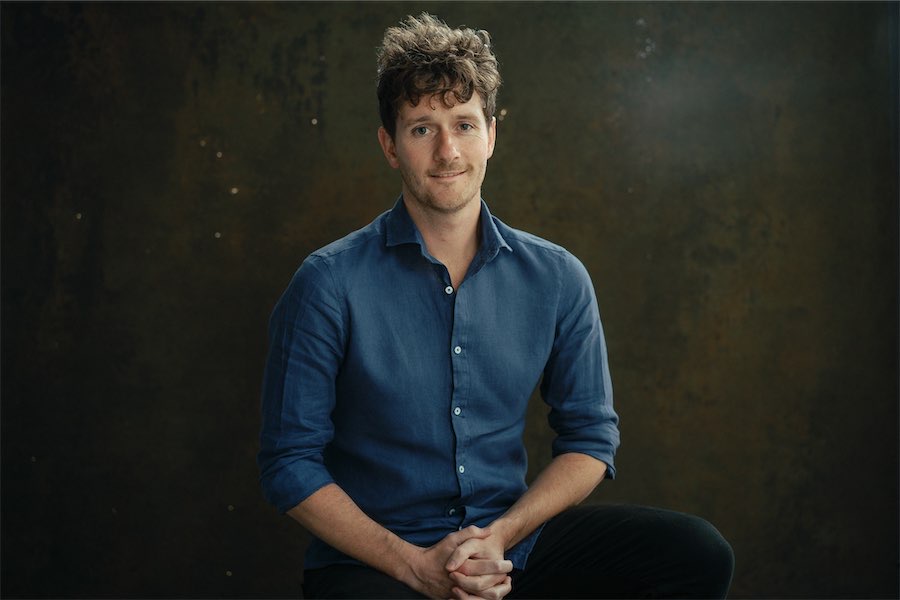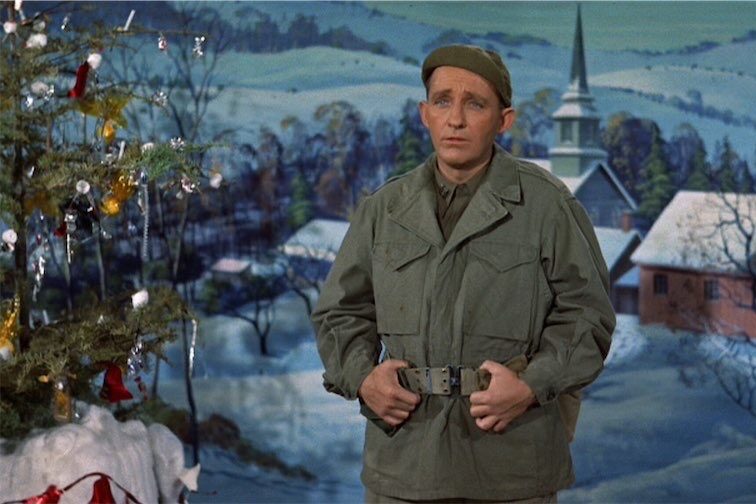
Photography / The Spectral Lens by Carolyn Craig, Damian Dillon, Clare Humphries, Roy Lee, David Manley and Justine Roche. At PhotoAccess until October 12. Reviewed by CON BOEKEL.
This exhibition is about the nature of perceiving and of knowing and hence of the nature of being human.
Craig’s exhibition essay argues that there is no present. Instead we have “The delusion of contemporaneity”. We live in a “prevailing condition of groundlessness”. Thus we cannot assume that there is a sound basis for metaphysics or for “foundational political myths”. Cartesian certainty is dead.
The lens is seen as playing a key role in temporarily grounding the photographer with some sort of appreciation of, or affect of, reality. This might occur through an almost ghost-like or spectral appreciation of reality. It might be based on accessing a moment in time during a “Deleuzian space of pause”. This concept is based around the physical/physiological gap between when and how light reaches the eye sees and when the brain figures out what that might mean and even how it might be fooling us.
This seems to me to be an attempt at ripping the equivalent of a hole-in-space/time. We can but try to operate the lens to snatch at certainties that may nevertheless perpetually elude us in a Sisyphean swamp of uncertainty. We wade through a deluge of Jpeg images, of approximations, abstractions, perceptual miasmas, cognitive ambiguities and endless paradoxes through a boundless sea of uncertainty.

The works are generally consistent with the essay’s logic. There is a pattern of linked splits. There are paired images which use form, light and shade to illustrate dualities. There are images which turn ‘objective’ planes into curves and then flatten them again in the presentation. There are images which portray split points in history. There are images which show discordant yet related symbols. Several artists use paired sets of media to good effect.
The works show a high degree of creativity. They show considerable acuity of visual observation. They show inventiveness. They show an extremely high degree of technical competence. They often transcend a single medium. They are intellectually challenging. And, dare I say it, some are stunningly beautiful.
By way of irony, some of the works also show signs of the oft-despised norms that help keep us humans emotionally afloat, mostly functional, and mostly socially connected. Such norms are embedded in the image proportions, the framing, the technological bases of production, the use of colour, light and shade, and even in the catalogue pricing.
Somehow or other, we reach enough shared understanding to survive and thrive as social animals. Perhaps our inner social simian is critical here? Any shared understanding is adaptive and must allow space for the thinking and the art that challenges it, such as through this exhibition.
Who can be trusted?
In a world of spin and confusion, there’s never been a more important time to support independent journalism in Canberra.
If you trust our work online and want to enforce the power of independent voices, I invite you to make a small contribution.
Every dollar of support is invested back into our journalism to help keep citynews.com.au strong and free.
Thank you,
Ian Meikle, editor




Leave a Reply